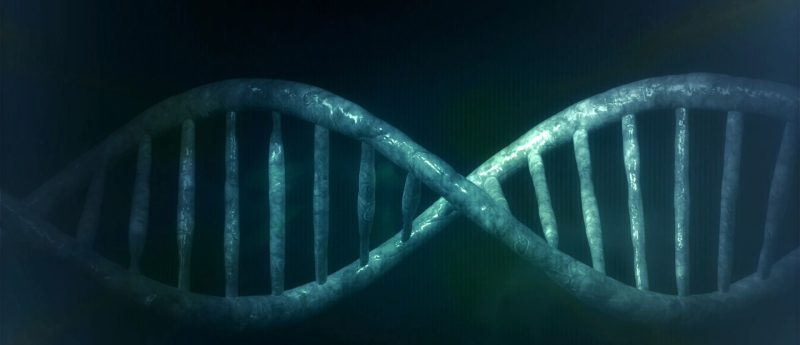CARVER: CRISPR–Cas13 system kills viruses in human cells

Researchers at the Broad Institute of MIT and Harvard (both MA, USA) have designed a Cas13–CRISPR construct that can act as a diagnostic and antiviral. The ‘CARVER’ system, detailed in Molecular Cell, offers promise for tackling emerging and drug-resistant RNA viruses.
Previously, Cas13 has been programmed to target RNA sequences in viruses and other pathogens as a diagnostic. In this study, the researchers made use of Cas13’s targeting ability, to design CARVER (Cas13-assisted restriction of viral expression and readout), one of the first CRISPR systems to act as an antiviral in cultured human cells.
First, the team screened RNA viral sequences to find suitable Cas13 targets. In particular, they identified sequences that were unlikely to mutate and that could inactivate the virus when cut.
The sequences were used to engineer Cas13’s guide RNA, which would allow Cas13 to target and cut the sequences. These Cas13 constructs were introduced into human cells and then exposed to either influenza A virus, lymphocytic choriomeningitis virus or vesicular stomatitis virus. The team discovered that after 24 hours, the level of viral RNA in the cells was reduced by 40-fold.
The antiviral ability of Cas13 also had a marked effect on the viruses’ ability to continue infecting cells. Eight hours after the influenza virus was introduced, the team reported that the construct had reduced viral infectivity by more than 300-fold.
To build on this, the researchers incorporated SHERLOCK, a Cas13-based nucleic acid detection technology that acts as a diagnostic component. Paired together, the antiviral and diagnostic components allow the CARVER system to detect viral RNA, kill viruses and then measure the level of remaining RNA left over.
Currently, we lack flexible treatments to overcome rapidly adapting or newly emerging viruses. Existing antiviral drugs treat just nine viral diseases and US FDA-approved vaccines are available for only 16 viruses.
“Human viral pathogens are extremely diverse and constantly adapting to their environment, even within a single species of virus, which underscores both the challenge and need for flexible antiviral platforms,” explains Pardis Sabeti, senior author and Professor at Harvard university. “Our work establishes CARVER as a powerful and rapidly programmable diagnostic and antiviral technology for a wide variety of these viruses.”
The need for new antiviral solutions is great. However, the programmable CARVER system could be used as a new tool, in both research and the clinic.
You might also like:
Sources: Freije CA, Myhrvold C, Boehm CK et al. Programmable inhibition and detection of RNA viruses using Cas13. Mol. Cell. doi:10.1016/j.molcel.2019.09.013 (2019) (Epub ahead of print); www.broadinstitute.org/news/crispr-enzyme-programmed-kill-viruses-human-cells
What is CRISPR?
Clustered Regularly Interspaced Short Palindromic Repeats (CRISPR) is a family of DNA sequences found within the genomes of prokaryotic organisms, including bacteria. They consist of repeating sequences of genetic code, interrupted by ‘spacer’ sequences. Methods have now been proposed to engineer CRISPR in order to edit the genome in mouse and human cells.
What is Cas13?
Cas13 is an RNA-targeting CRISPR effector protein that targets and cleaves invading nucleic acids from viruses. CRISPR–Cas13 is an RNA targeting and editing system based on the bacterial immune system, it normally functions to protect bacteria from viruses.